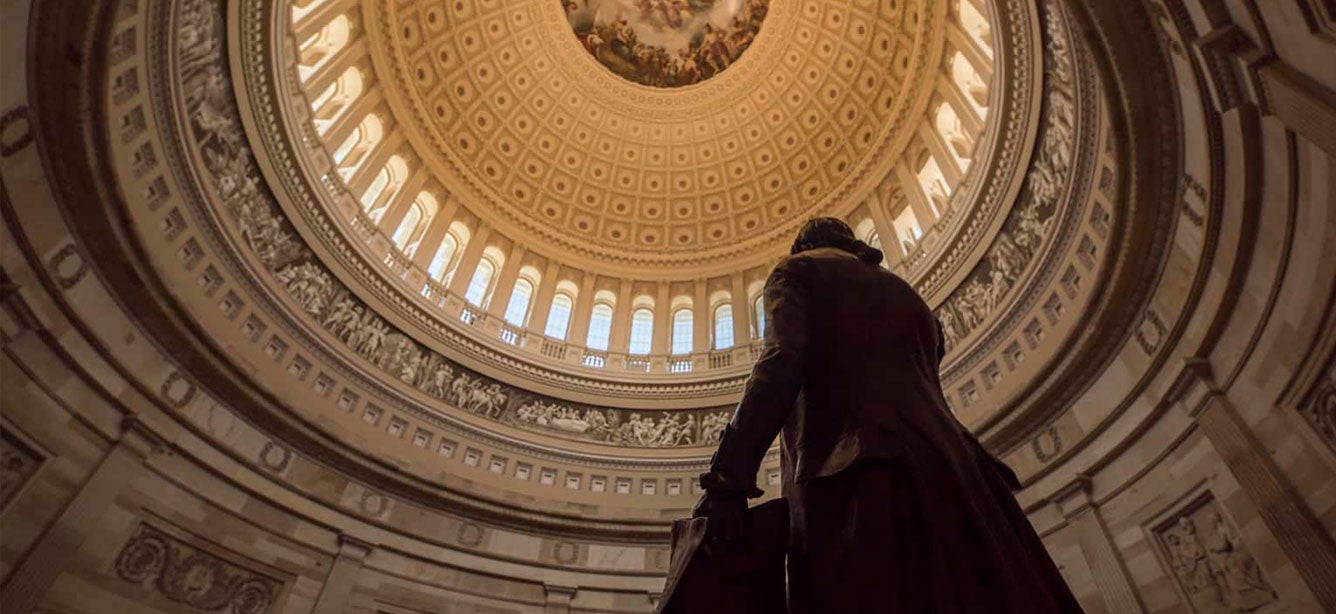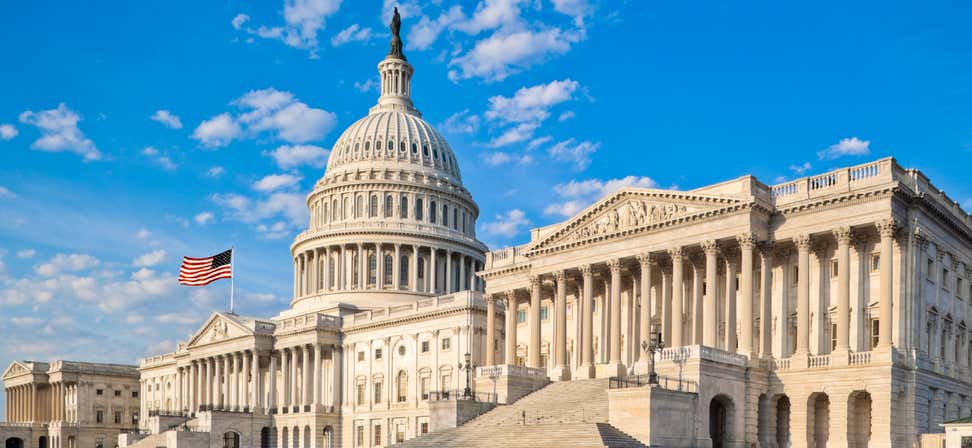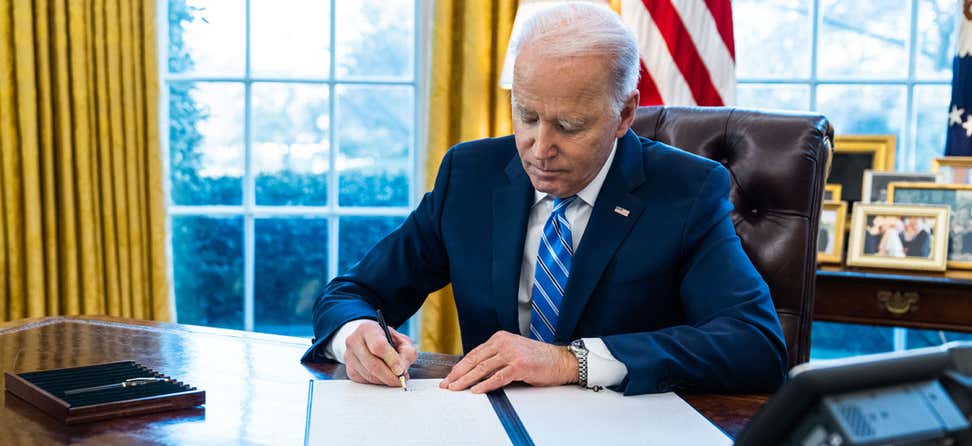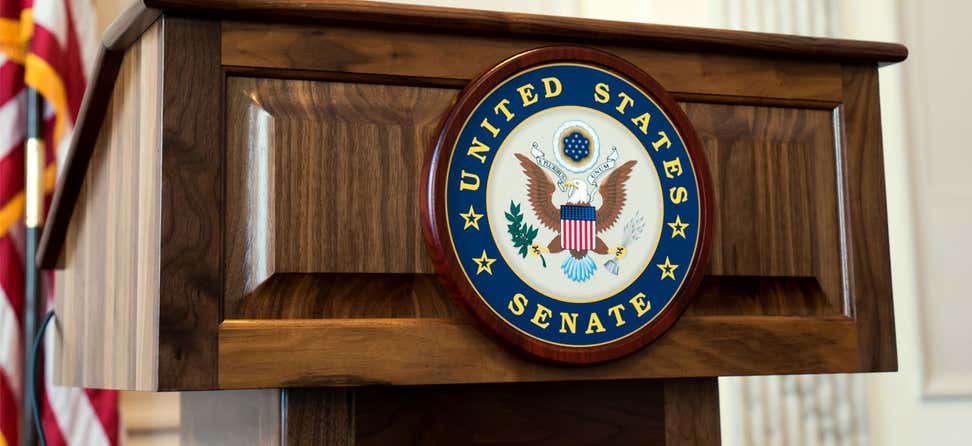Key Takeaways
President Biden signed an omnibus federal appropriations bill on March 15, which includes FY22 aging program funding that is, unfortunately, less than originally proposed by Congress.
There are some investments, including increases for State Health Insurance Assistance Programs, home-delivered nutrition services, and the National Family Caregiver Support Program.
The FY23 appropriations process will begin soon with the release of the Administration’s budget request.
With the end of Budget Control Act funding caps, new leadership in the White House and Congress, and the effects of the pandemic on older adults, advocates had hoped that aging services would finally benefit from significantly increased appropriations for fiscal year 2022 (FY22).
Unfortunately, the omnibus federal appropriations bill signed by President Biden on March 15 was less than originally proposed by Congress.
While there are some investments, most programs are funded at current levels. The investments include:
- $6 million increase for Supportive Services and Senior Centers (OAA III-B)
- $15 million increase for Home-Delivered Nutrition Services (OAA III-C)
- $5 million increase for the National Family Caregiver Support Program (OAA III-E)
- $1 million increase for the Long-Term Care Ombudsman Program (OAA Title VII)
- $1 million increase for the Medicare State Health Insurance Assistance Program
The law also includes some policy changes that benefit older adults, including:
- Extending flexibilities for Medicare coverage of telehealth
- Authorizing a new Federal Trade Commission office to monitor and prevent fraud targeting older adults
Nearly a year ago, NCOA laid out the rationale for increasing funding for the services that older adults and their caregivers rely upon, to reverse over a decade of underfunding and begin to meet the needs of the older adult population that has been growing in numbers and diversity.
The Biden Administration requested increases for core Older Americans Act (OAA) and related aging services, and House appropriators matched or exceeded many of those levels. Draft appropriations bills released by Senate appropriators reflected the pressures for parity in increases for both non-defense and defense programs, and fewer aging services programs were slated for significant investments as a result.
NCOA continues to monitor and advocate for additional pandemic relief for aging services. Also, the FY23 budget and appropriations process will begin in earnest soon with the release of the Administration’s budget request, expected on March 28 in the coming weeks.











